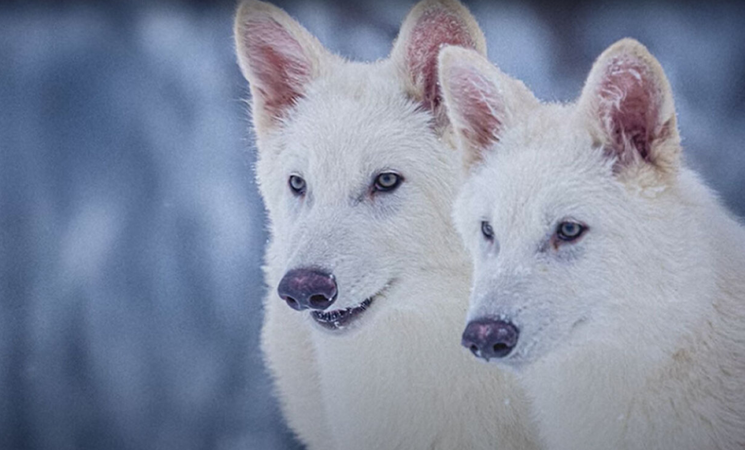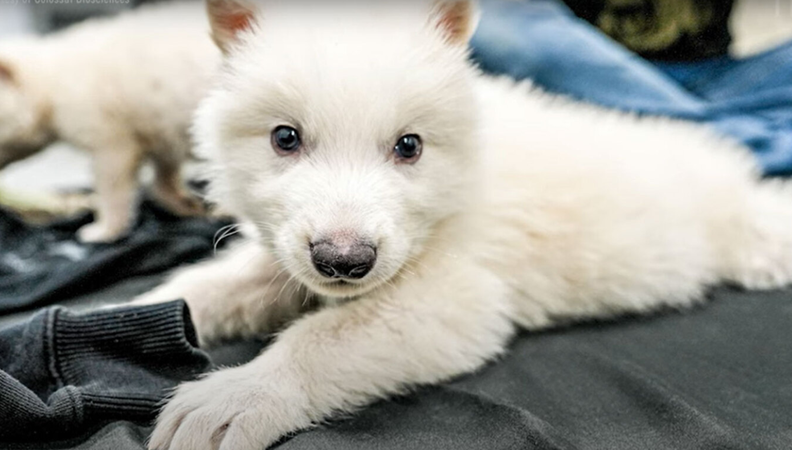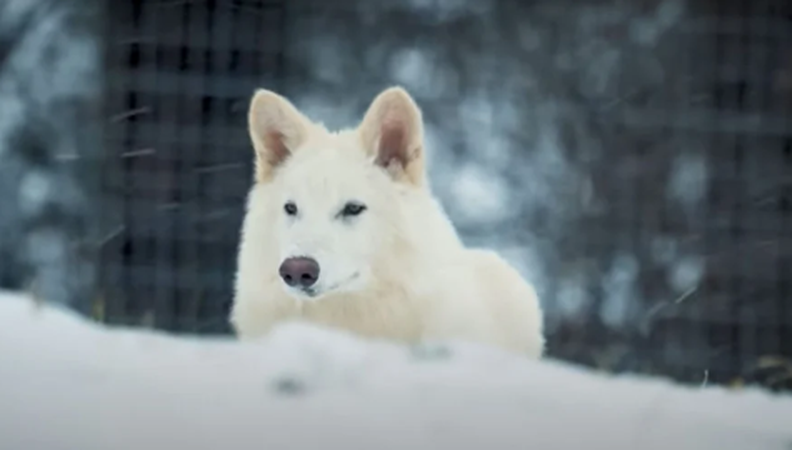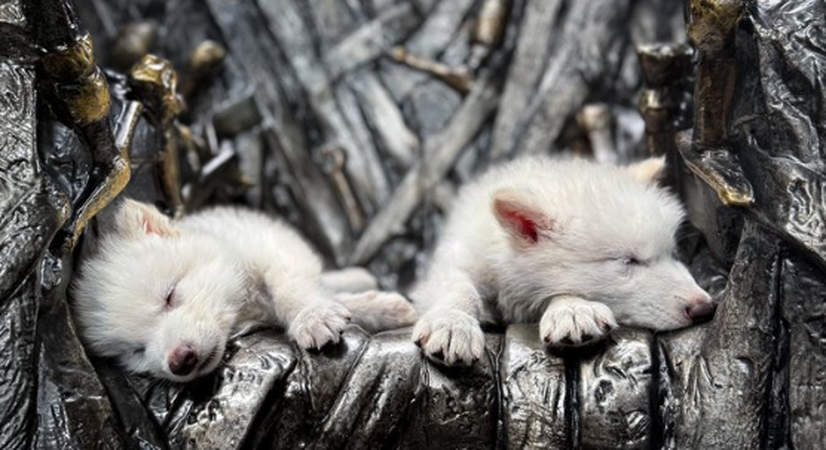"Reviving" extinct species has been the goal of many scientists around the world in recent years. But the company Colossal Biosciences claims to have made this goal a reality, or at least come very close, by "reviving" the legendary dire wolf, a giant extinct species made famous by the series Game of Thrones.
According to the New York Times, in 2021, a team of researchers managed to recover DNA from fossils of Antarctic wolves, which went extinct about 13,000 years ago.
In 2023, Colossal focused on the Antarctic wolf as a more "accessible" target, due to its affinity for dogs. The DNA came from a 13,000-year-old tooth from Ohio and a 72,000-year-old skull from Idaho.
We're Colossal Biosciences, the de-extinction company responsible for bringing back the first animals from extinction. Our dire wolf pups, Romulus and Remus, were born on October 1, 2024. Watch these pups grow up on our YouTube channel. Link in bio.
— Colossal Biosciences® (@colossal) April 7, 2025
These two wolves were… pic.twitter.com/hbk1wFQ3lf
Genetic analysis showed that Antarctic wolves shared a common ancestry with wolves, jackals and African wild dogs found in the wild today. They split from the central "branch" of the family tree 4.5 million years ago and reunited with the ancestors of gray wolves and coyotes 2.6 million years ago.
Antariolympians were 25% larger than gray wolves and had strong jaws and large teeth. They hunted horses, bison, and possibly mammoths. They were the dominant predators in southern Canada and the United States until their prey declined significantly due to human hunting, leading to the extinction of their species.
With the help of new samples, the Colossal scientific team modified 20 gray wolf genes to obtain the key characteristics of Antarctic wolves.
They then created embryos from the modified cells, which were implanted into surrogate mothers (dogs) and waited for them to be born.
The result, as announced yesterday, causing a worldwide sensation, are three adorable little wolves – two six-month-old males and a two-month-old female – named Romylos, Romos and Kalisi respectively. All three creatures share some of the characteristic features of dire wolves: they are large, densely furred, and light-colored, rare for the gray wolf species.
Colossal Biosciences houses the wolves on a large private property in an undisclosed location in the northern United States. Colossal's head, Beth Shapiro, described the cubs as " the first successful case of de-extinction ."
"We are creating functional copies of an animal that existed in an earlier era," he said.
For the Antarctic project, scientists isolated cells from the blood of gray wolves and processed their DNA. The Colossal team attempted to modify 20 genes, pushing the technology to its current limits. However, in the end, the scientists introduced anti-wolf mutations in only 15 genes, as previous studies had shown that the remaining five mutations cause deafness and blindness in gray wolves.
“ As a scientist, you have to be very careful. You want to be able to revive those phenotypes, but you don’t want to do anything that will harm the animal ,” says Dr. Shapiro.
The edited DNA was transferred from gray wolf cells into dog eggs. After many failed attempts at pregnancy, four puppies were born, one of which died from intestinal perforation (which, according to scientists, is not related to any genetic defect).
Matt James, head of the department that oversees pregnancies and births, knew they had succeeded when he saw the first white-furred puppy. "I saw the first white litter and I was shocked. I will never forget that moment," he said.
However, many experts disagree with the above claim, arguing that it is not about the revival of an extinct species, but about gray wolves with modified genetic code, so that they more closely resemble Antarctic wolves.
All three wolves will remain in captivity. However, the technological leap represented by their birth could help preserve endangered species, such as the North Carolina red wolf. (A2 Televizion)















